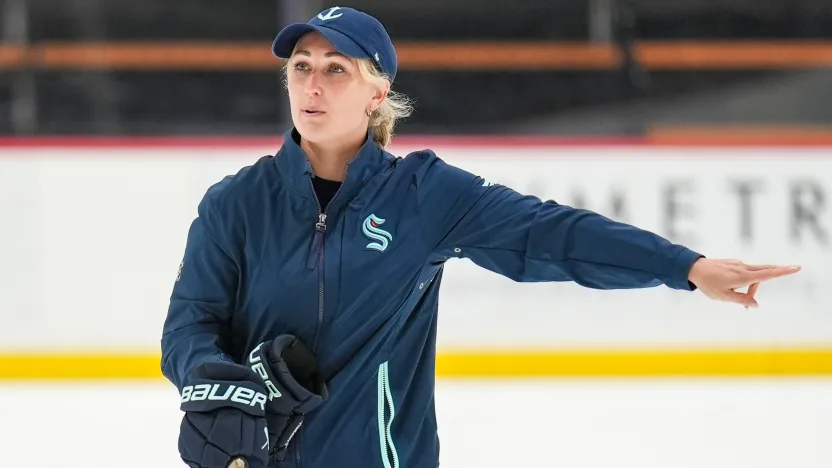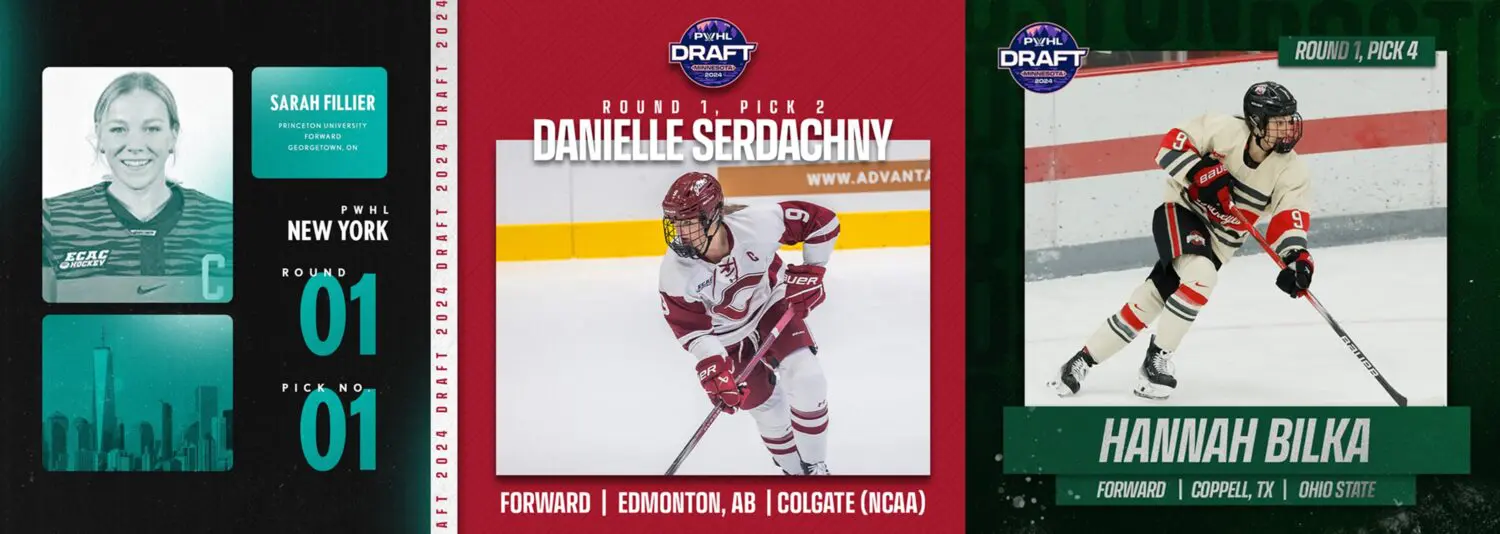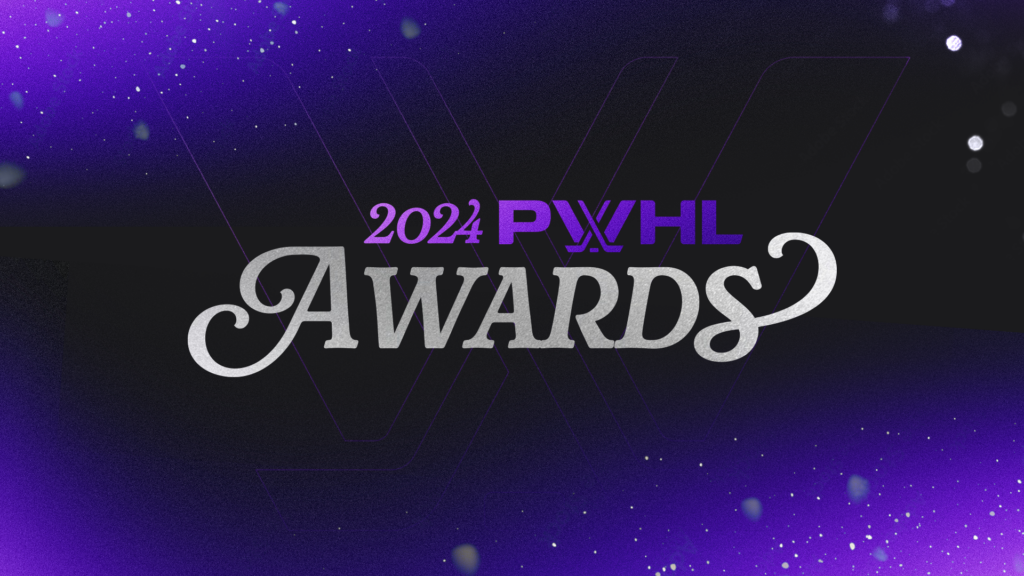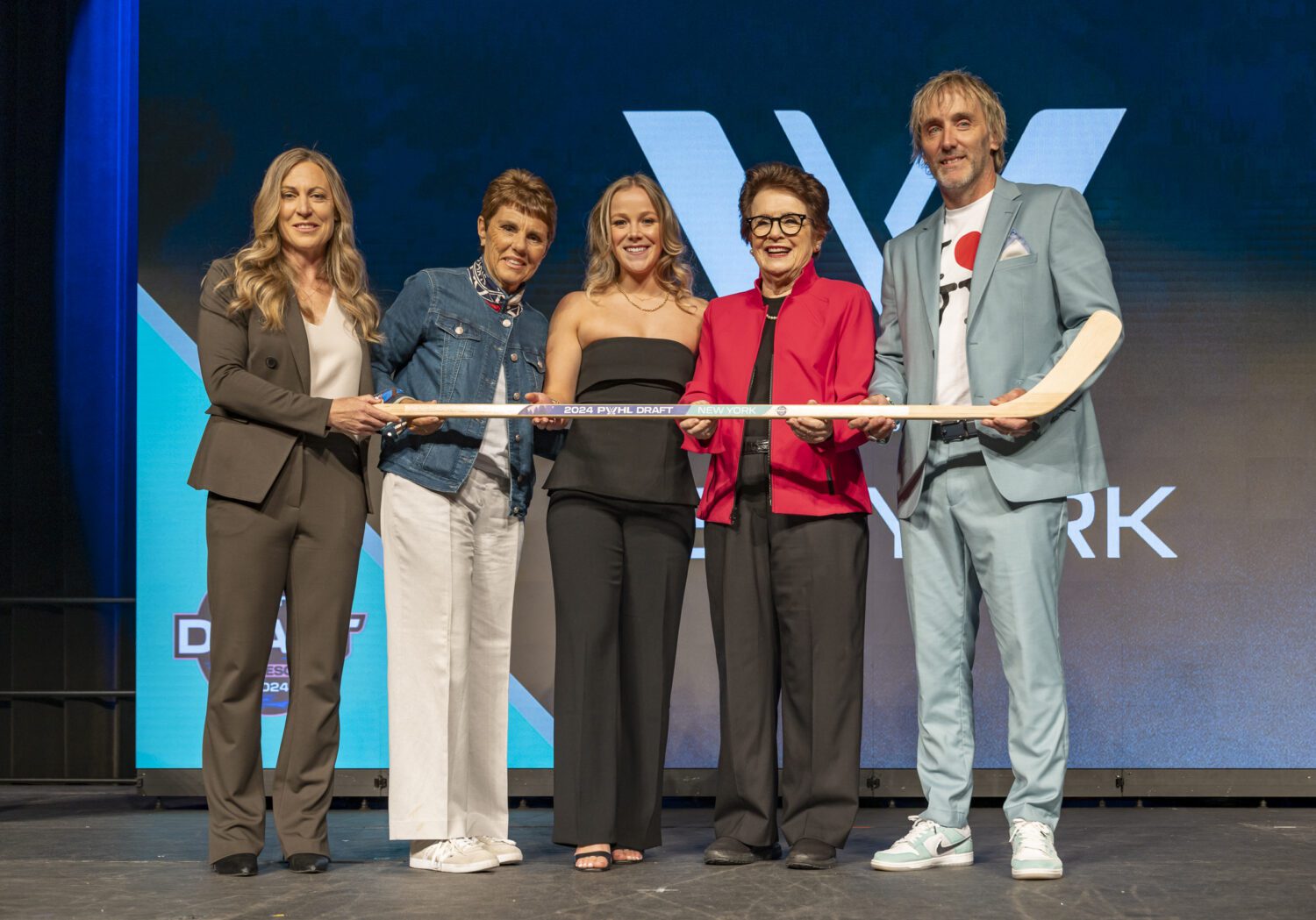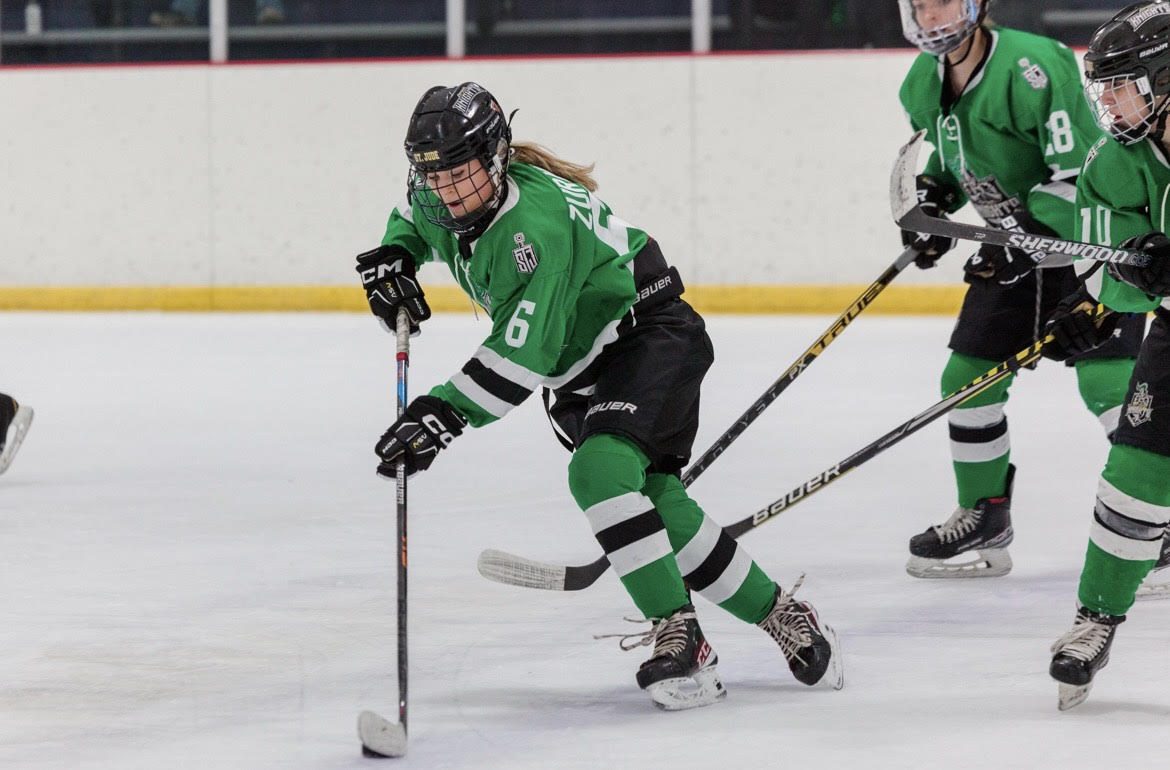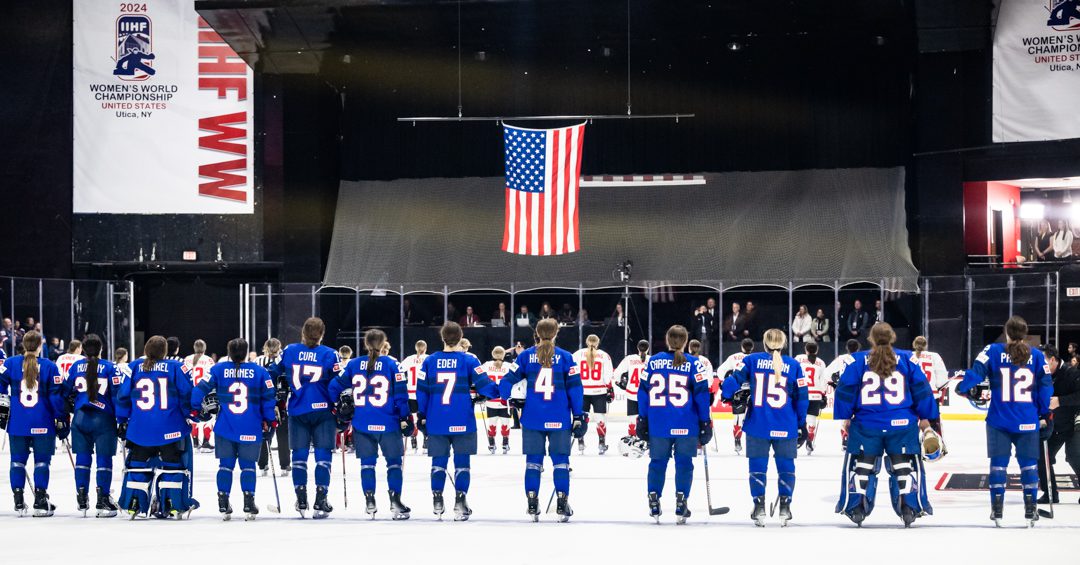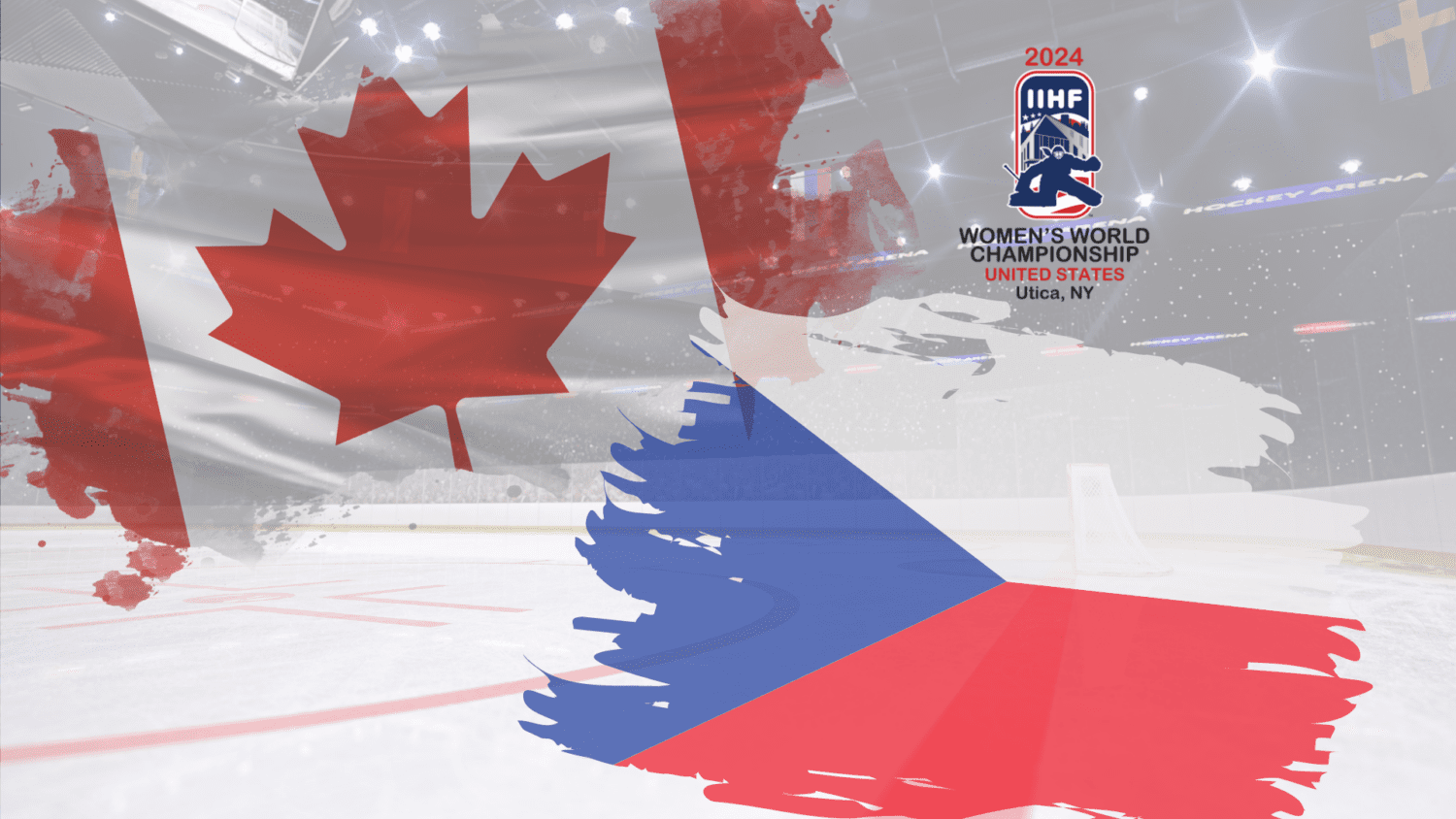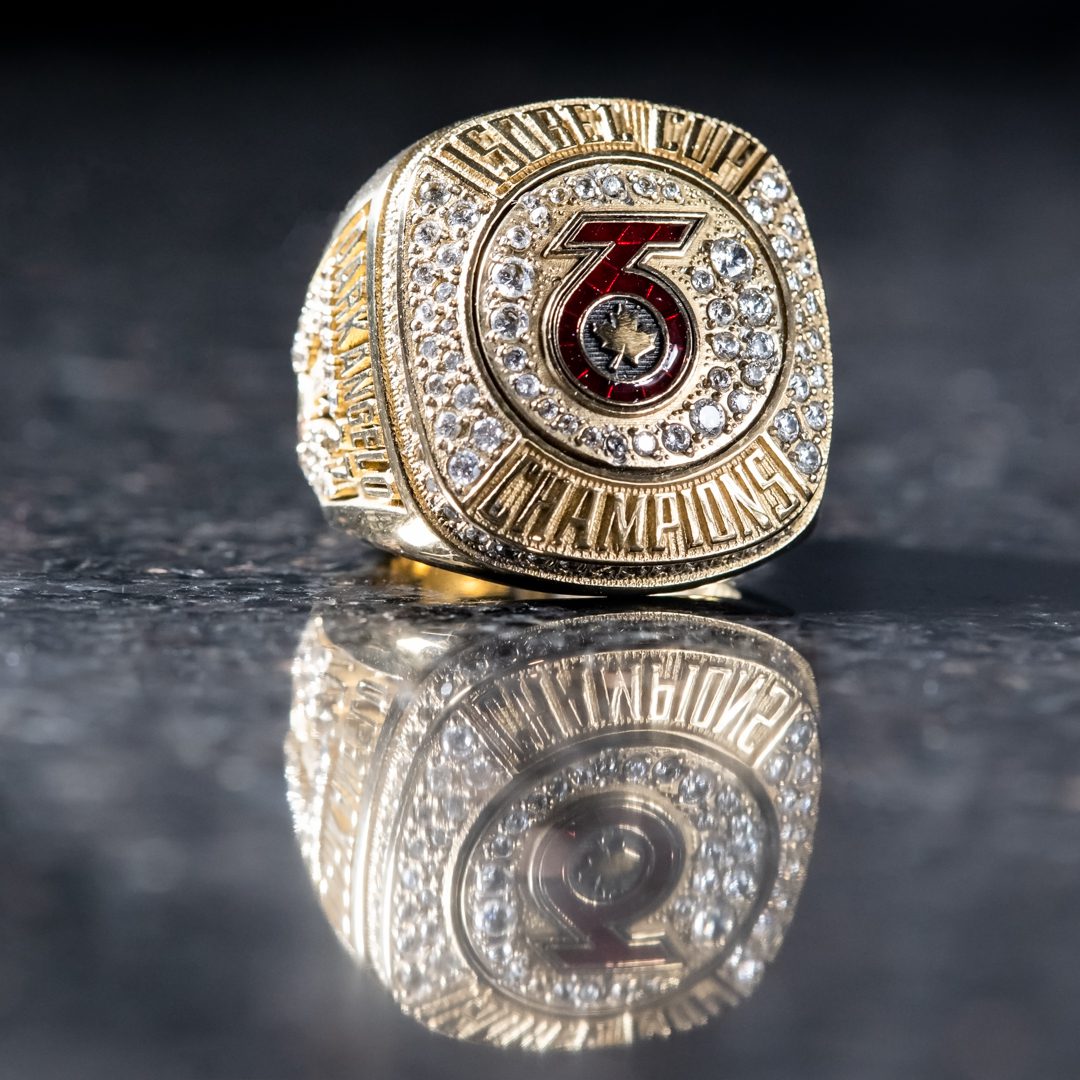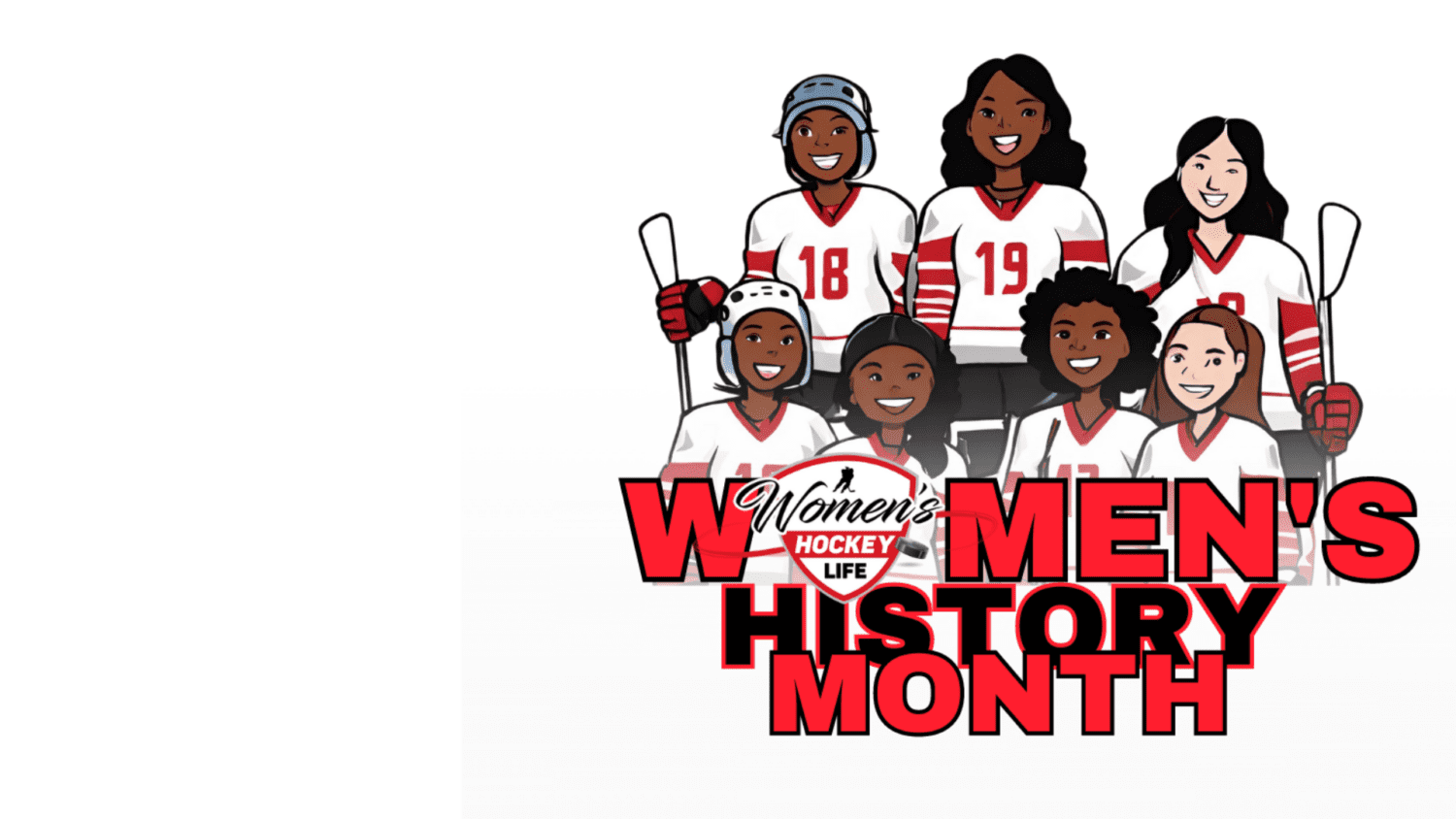Hello fellow hockey players, coaches, and supporters! My name is Dana Timm and I am a goalie coach, personal trainer, career firefighter/paramedic, hockey goalie, WHL Brand Ambassador, and business owner of AdvantEDGE Goaltending.
Though a lot of the following tips are goalie-specific, they can be adjusted to fit any player’s needs.
Here are six pieces of advice that nearly 20 hockey seasons as a goalie has taught me — I hope these help you to have your best season yet!
1) FOCUS ON ONE THING EACH SKATE
If you are like many goalies and find yourself without a goalie coach or a specific plan for your season, a little trick that you can use is to pick one thing every time you skate to really focus on.
Here are some great examples: recovering with your weaker leg, puck tracking with full head turns, rebound control, puck handling, or even just trying a new skill that you have not worked on much, like RVH and VH or transitioning to your short side with more active hands.
2) WORK ON HAND-EYE COORDINATION
I have recently taken up juggling and try to work on it for 10 minutes each day. You should also be doing some sort of hand-eye coordination training at least a few times per week. I personally use a Lava Ball for hand-eye drills when working on my own and with goalies. It has great bounce, is black (colors can affect your tracking and this one resembles the puck) and is less likely to cause damage or injuries than a lacrosse ball could when coming off the wall. Plus, the size is small enough that I have had Peewee goalies catching one handed without an issue.
There is another product from ProLab Sports called Catchball that is a fun and very useful hand-eye training tool. Catchball is a ball that is attached to a string with a strap on it so that you can attach it to yourself and throw it out anywhere without a wall — I always recommend using a brick or cement wall if you are throwing a ball for training because it comes off quicker and is less likely to damage than drywall!
Try this quick circuit that I get all of my goalies to do:
https://www.instagram.com/p/B3IKzR7gaIH/
3) BE CAREFUL OF SUPERSTITIONS
Let’s talk superstitions. Do you have any superstitions? I personally had roughly 20 of them while playing college — my teammates will tell you I was the typical ‘crazy goalie’.
Here is the thing about superstitions, they can be a great tool to calm your nerves and make you think that you are getting into your zone. I say “make you think that you are getting into your zone” because the superstition itself does NOTHING for actually getting you ready for a game.
Superstitions can also backfire, which has happened to me many times. For example, let’s say that you always listen to the same song as you pull into the rink, but today your headphones die. Maybe you always eat the same meal, but your team goes out to a restaurant that doesn’t serve it. You lay your gear out a certain way but your locker room during the tournament is the size of a closet and you just don’t have the space that you need. You always end warm-ups with a glove save (I can’t seem to shake this one), but your teammates can’t seem to aim today so no glove save for you. You get the idea, right? Superstitions can easily not work out how we think we need them to, which usually puts you on high alert, adds to your pre-game butterflies, and makes you feel like you are scrambling behind the eight ball before you even step foot onto the ice.
So, instead of superstitions, use habits that can really set you up for success and have a positive impact on your game and how you feel.
4) HYDRATION
Hydrate. No, I am not talking about chugging energy drinks and sports drinks. The Institute of Medicine (IOM) recommends that men drink at least 104 ounces of water per day, which is 13 cups, while women should drink at least 72 ounces, which is nine cups daily. You can add in some pink salt or find a hydration supplement that is relatively clean, has electrolytes and maybe even BCAAs, but does not have a ton of added sugar or harmful artificial sweeteners.
An awesome product that I have recently found is Krampade. Krampade can benefit you if you are like me and are prone to dehydration and muscle cramps late in a game. According to their website and a company representative that I have spoken with, Krampade is unlike other sports drinks on the market because it has a form of potassium that is quickly absorbed when it is consumed. They offer three different versions of their supplement, each with different levels of potassium and other ingredients. Their 1K and 2K formulas are aimed at preventing the onset of chronic cramping, while the 4K formula quickly resolves acute cramping.
Another product that I personally use is Nuun tablets, which are free from added sugar, dyes, and artificial sweeteners. Nuun has a variety of products ranging from replenishing vitamins, providing a boost of energy, helping with relaxation, or aiding in hydration. According to their website, Nuun was the first company to separate electrolytes from all of the carbohydrates that are often found in sports drinks.
5) CHECK YOUR GEAR
Check your gear BEFORE you get to the rink. Nothing stresses me out more than getting to the rink and realizing something is amiss with my equipment: My skates are dull! I forgot clear tape! My gloves did not dry! I left (insert name of equipment here because I have forgotten it all before) at home!
This is a simple step that you can take to ensure a more smooth sailing game day. I live by the same rules in my full-time job as a firefighter: every morning I check my gear thoroughly because it could literally be life or death.
6) MINDSET
Visualize and get into a calm and positive mindset. I have recently and consistently started implementing short meditations and breathing exercises into my daily life. During my playing days at Adrian College, one of my coaches would put the entire team through a pre-game visualization exercise. This really helped to calm the mind and visualize the results that we wanted — your brain doesn’t know the difference between imagined results or actual results, so start thinking about what you want, not what could go wrong!
A leader in goalie specific visualization is ‘Pete Fry the Goalie Mindset Guy‘. You can learn more about him and his services on his website. You can also find many more examples online, including this visualization exercise similar to the one that I did in college:
https://www.instagram.com/p/B3J_FPSgLmV/
I hope that you can get some value out of these tips and I wish you all the best on the ice this season!
If you’d like more helpful tips/exercises/advice and to stay in touch, please connect with AdvantEDGE Goaltending on Facebook and Instagram.
Talk to you soon!
– Coach Dana
Want to share your expert advice with our audience?
Apply to be a WHL Writer here!
[adrotate group=”1″]
Related Articles
Categories
Recent Posts
[adrotate group=”2″]


